Article: Car Window Tinting Kit vs. Individual Tools: Which is Best for You?
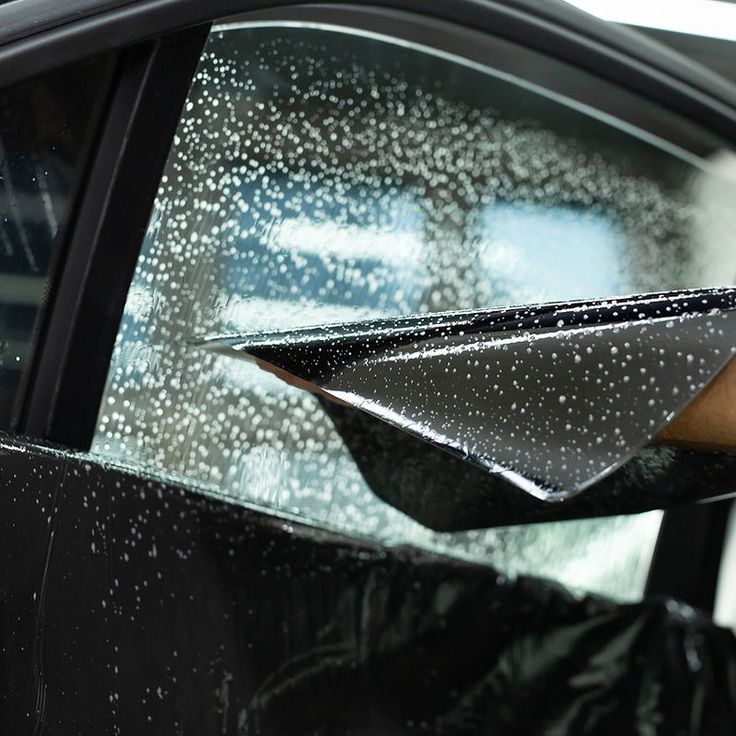
Car Window Tinting Kit vs. Individual Tools: Which is Best for You?
What are the Best Tools Every Car Window Tinting Kit Should Include?
Car window tinting isn’t just about making your ride look cooler; it serves multiple practical purposes that go beyond aesthetics. For starters, tinted windows help reduce glare from the sun and headlights, making driving safer and more comfortable. Anyone who has driven on a bright summer afternoon knows how blinding sunlight can be; tinted acts like sunglasses for your car. Beyond comfort, window tinting protects your skin from harmful UV rays and even prevents your car’s interior, like the dashboard, seats, and trims, from fading or cracking over time.
Tinting also adds a layer of privacy. Think about it: if you leave valuables in your car, tinted windows make it harder for outsiders to peek inside. That peace of mind is priceless. On top of that, window film provides a level of shatter resistance. In the event of an accident, the film helps hold shattered glass together, reducing the risk of injury. Clearly, tinting is not just a cosmetic upgrade but a safety and health investment.
Another overlooked advantage is energy efficiency. During hot months, tinted windows reduce the amount of heat entering your car. That means less dependence on your air conditioner, which can improve fuel efficiency slightly. Over time, this can save you money while making your rides more pleasant. No wonder car window tinting has become a popular DIY project for both car enthusiasts and everyday drivers.
Traditionally, people would take their vehicles to professional shops for window tinting. However, with the rise of DIY culture and easy-to-use tinting kits, more car owners are rolling up their sleeves and doing it themselves. The appeal is obvious: you can save hundreds of dollars, learn a new skill, and customize your tint job exactly the way you want it. Plus, modern tinting films are designed to be more forgiving, with adhesive layers that reduce bubbling and wrinkling.
The right car window tinting kits ensure you have tint window tools and everything needed for smooth installs, whether you’re a beginner or a seasoned professional →
DIY tinting has also gained momentum thanks to YouTube tutorials, step-by-step guides, and car forums. Now, even beginners with minimal experience feel confident enough to try it. For them, the question isn’t “Should I tint my windows?” but rather “Should I buy a complete tinting kit or purchase window tinting tools individually?” That’s exactly what we’ll be exploring in this article.
What is a Car Window Tinting Kit?
Components of a Standard Tinting Kit
A car window tinting kit is essentially a bundle of tools and materials needed to apply window film. Instead of purchasing everything separately, you buy one package that includes the essentials. While kits vary depending on brand and price, most come with the following items:
Pre-cut or roll tint film: The star of the kit, either in universal rolls or pre-cut sizes tailored to specific car models.
Squeegee: Used to press the film onto the glass smoothly and remove air bubbles.
Explore our range of tint squeegees designed for both DIYers and professionals →
Spray bottle: For applying a soapy water solution that helps position the tint before it sticks.
Utility knife or precision cutter: To trim excess film.
Check out our knives, cutters & blades for precision cutting and hassle-free installs →
Scraper or hard card tool: For cleaning the glass and ensuring edges adhere properly.
Shop high-quality window tint scrapers to make prep work fast and easy →
Heat gun (in some premium kits): Helps shrink the film to fit curved windows.
Some deluxe kits even include microfiber cloths, gloves, and detailed instruction manuals. Essentially, the car tinting kit saves you from having to search for each item individually. Everything you need for a beginner-friendly tint job comes in one box.
Types of Window Tinting Kits Available on the Market
Not all tinting kits are the same. They typically fall into three categories:
Basic Starter Kits: These usually include just the film, a squeegee, and a cutting tool. They’re affordable and great for small projects, but may require you to buy extra window tint tools separately.
Intermediate Kits: These kits come with more advanced tools for tinting windows, such as heat guns, precision scrapers, and pre-cut film, for easier application. Ideal for those who want a smooth finish without too much hassle.
Professional Kits: High-end options that include top-quality film, multiple car tinting tools variations, and sometimes even instructional DVDs or access to online courses. They’re pricier but designed for those who want professional-level results at home.
Choosing between these depends on your skill level, budget, and expectations for the outcome. If you’re a first-timer, a standard kit is often the best entry point.
Individual Tinting Tools Explained
Must-Have Window Tinting Tools
While a kit provides everything bundled together, many DIYers prefer buying individual tint tools, especially if they already own some equipment. The essential tools for tinting windows individually include:
Window tint film: The core material; available in rolls, sheets, or pre-cut options.
Heat gun or hair dryer: Necessary for shaping film on curved windows.
Utility knife or razor blade: For trimming excess film neatly.
Hard squeegee or card tool: To smooth the film and push out air bubbles.
Spray bottle with soapy solution: To allow repositioning before the adhesive sets.
Lint-free cloth or paper towels: For cleaning the windows thoroughly before application.
If you’re serious about precision, you might also consider specialized items like felt-edge squeegees (to avoid scratching the film) or specialized tint application gloves that reduce smudges.
Specialty Tools for Tinting vs. Common Household Alternatives
One big advantage of buying tinting tools individually is flexibility. You can choose higher-quality versions of each tool or substitute with household items. For example, if you don’t have a heat gun, a hair dryer can work, though less effectively. Instead of a professional scraper, some people use old credit cards wrapped in a microfiber cloth.
However, while household substitutes can save money upfront, they may compromise results. For example, using a dull kitchen knife instead of a precision cutter can lead to jagged edges, making the tint job look unprofessional. This is why many people who start with improvised tools eventually invest in proper tinting equipment.
Find everything you need in our complete window tint tools collection →
Pros and Cons of Car Window Tinting Kits
Advantages of Buying a Window Tint Tool Kit
Car window tinting kits offer several benefits that make them attractive, especially for beginners:
All-in-One Convenience: Everything you need comes in one package, saving you time and effort.
Cost Efficiency: Kits are often cheaper than buying each tool separately, especially when bundled with film.
Beginner-Friendly: Designed for DIY use, with instructions that guide you step by step.
Pre-Cut Options: Some kits include film cut to match your specific car model, eliminating guesswork and trimming.
Better Value for Occasional Use: If you’re only tinting your car once, buying a full kit ensures you don’t overspend on tools you may rarely use.
Drawbacks of Window Tint Kits to Consider
On the flip side, tinting kits aren’t perfect. Some potential downsides include:
Lower Tool Quality: Many affordable kits include basic tools that may wear out quickly.
Limited Customization: You’re stuck with what’s inside the kit, even if certain tools don’t fit your preferences.
Pre-Cut Inaccuracies: Pre-cut films don’t always align perfectly with car windows, leading to trimming hassles.
Not Always Professional Grade: While fine for casual users, serious DIYers or semi-professionals might find kits too limiting.
In short, kits are convenient and budget-friendly but may not satisfy those aiming for top-tier results.
If you’re new to tinting, start with a beginner-friendly option like the Tint Tool Kit Lite. For more advanced projects, the Tint Tool Kit Pro offers a balance of quality and value, while the Tint Tool Kit Pro Max is the ultimate package for professionals →
Pros and Cons of Buying an Individual Window Tint Tool
Benefits of Choosing Tinting Tools Separately
Buying tools individually gives you more control and customization. Here’s why some DIYers prefer this approach:
Higher Quality: You can handpick the best tools available, ensuring durability and precision.
Flexibility: Choose tools that fit your comfort and working style.
Long-Term Investment: If you plan to tint multiple cars or windows, better tools pay off in the long run.
Upgrade Options: You can start small and upgrade your toolkit gradually.
Downsides of the Individual Tinting Tool Approach
That said, this method has its challenges:
Higher Initial Cost: Buying tools separately often costs more upfront.
More Time-Consuming: You need to research, shop around, and assemble your own kit.
Risk of Forgetting Essentials: Beginners might miss key tools, leading to extra trips or delays.
Steeper Learning Curve: Without the step-by-step guidance of a kit, figuring things out can be overwhelming.
For experienced DIYers, this trade-off might be worth it. For beginners, though, the simplicity of a kit is often more appealing.
Quality and Performance Factors
Durability of Window Tint Tools in Kits vs. Standalone Purchases
The saying “you get what you pay for” applies perfectly to car window tinting. Most tinting kits include tools made from lightweight plastic. While these work fine for beginners, they may not hold up under repeated use. For example, a plastic squeegee from a kit might start bending or wearing down after just one or two applications.
In contrast, individually purchased tools are often made of sturdier materials, rubber, stainless steel, or reinforced plastics. A professional-grade squeegee will provide consistent pressure, making it easier to remove bubbles without scratching the film. Similarly, a quality heat gun allows you to control temperature more precisely, reducing the risk of overheating or burning the film.
Durability isn’t just about the tools, though; the film itself matters too. Kit-provided tint films can sometimes be thin and prone to bubbling, whereas high-quality rolls you buy separately are more adhesive, scratch-resistant, and UV-protected.
How Quality Impacts the Final Tint Job
The quality of your tools and film directly affects the outcome of your tint job. Using low-grade film or dull cutting blades can result in uneven edges, bubbles, or peeling within a few months. On the other hand, professional-grade tools help ensure a smooth, bubble-free application that can last for years.
For example:
Cheap Squeegee = Air Bubbles. Poor-quality squeegees won’t push out air effectively, leaving unsightly spots.
Low-Grade Film = Peeling. Some cheap films use weak adhesive, causing the tint to peel under heat.
Sharp Precision Cutter = Clean Finish. A high-quality knife ensures straight, neat cuts along the edges.
Simply put, the better the tools, the more professional the results. If you’re aiming for a finish that looks like it came out of a shop, investing in higher-quality individual tools may be worth it.
Skill Level and Ease of Use
Window Tint Tool Kits for Beginners
If you’ve never tinted windows before, a kit is hands-down the easiest starting point. Everything you need is in one place, and many kits are designed specifically for beginners. Some even include instructional manuals or links to video tutorials that walk you through the process step by step.
Pre-cut kits are especially beginner-friendly since they eliminate the need to measure and cut film precisely. Imagine trying to trim a roll of tint film perfectly for a curved back window; it’s not easy. Pre-cut kits save time and reduce the chances of costly mistakes.
For first-timers, kits also prevent the common mistake of forgetting key tools. You won’t get halfway through the project only to realize you’re missing a scraper or spray bottle. Kits provide peace of mind that you’re fully equipped from the start.
Individual Tint Tools for Advanced Users
For those with some experience, buying individual tools offers more control and customization. Advanced DIYers often prefer to select each tool according to their preferences. For example, they might prefer a rubber squeegee over a felt-edged one, or a heavy-duty stainless-steel cutter over a basic utility knife.
Experienced users also tend to work on more challenging projects, like large SUVs or cars with uniquely shaped windows. Having specialized tools like heat-resistant gloves, precision trimming blades, or multiple squeegees ensures the job goes smoothly.
In short, kits are training wheels, while individual tools are a professional toolkit. Beginners benefit from simplicity, while advanced users value customization.
Time-Saving and Convenience Factors
One-Purchase Convenience of Window Tint Tool Kits
Convenience is one of the strongest selling points of tinting kits. Instead of spending hours researching which tools you need, then driving around to different stores or waiting for multiple online orders, you simply buy a kit and get started. Everything arrives together, often with clear instructions.
For beginners or casual DIYers, this convenience is invaluable. You don’t waste time figuring out which type of squeegee works best or whether you need a heat gun. You just follow the included guide and get to work. It’s a grab-and-go solution for those who value time over customization.
Customization Flexibility of Individual Tools
On the other hand, buying tools individually allows for tailored convenience. For example, maybe you already own a heat gun from other DIY projects; you don’t need a kit that includes one. Or perhaps you prefer a specific brand of cutting blade because it feels more comfortable in your hand.
With individual tools, you’re not locked into what comes in the box. You can upgrade your setup gradually, adding new tools as needed. This flexibility may take more time initially, but it pays off if you’re serious about achieving professional results.
Best Situations for Buying a Tinting Kit
First-Time Window Tint Projects
If this is your first time tinting, a kit is the safest choice. It saves you from the overwhelm of selecting tools separately and gives you a guided entry into the world of DIY tinting. With pre-cut kits, you’ll have fewer chances of making mistakes, and the learning curve will feel less intimidating.
Think of a kit as a crash course in tinting. It’s not just about the tools, it’s also about building confidence. Once you’ve completed your first tint job with a kit, you’ll better understand the process and whether you want to invest in higher-end tools for future projects.
Budget-Friendly Tinting Options
Kits are also ideal if you’re on a tight budget. Spending $30–$50 for everything you need is far more affordable than shelling out $150+ for separate high-quality tools. Even if the film doesn’t last as long as professional-grade options, you’ll still save money compared to paying a shop $200–$400 for a tint job.
Explore our full range of car window tinting kits today at OZ Sign Supplies and take your tinting projects to the next level →
For car owners who simply want the look and basic benefits of tinted windows without breaking the bank, a tinting kit offers a practical, budget-friendly solution.
Best Situations for Buying Individual Window Tinting Tools
Professional or Semi-Pro Use
If you plan to tint multiple cars or even start a small side business, buying individual tools is the smarter route. Professional-grade tools last longer and deliver more consistent results, which is crucial when working for paying customers or handling multiple vehicles.
Imagine this: you’ve got a kit with a flimsy squeegee that bends after the second use. Now you’re struggling to get a bubble-free finish on your third car. That’s frustrating and unprofessional. With quality individual tools, like stainless-steel blades, precision cutters, and durable squeegees, you can complete job after job without worrying about tool failure.
For semi-pros or professionals, time is money. Higher-quality tools allow you to work faster and more accurately, reducing rework and waste. It’s not just about having tools; it’s about having the right tools that give you efficiency, precision, and confidence with every project.
Expanding a Tinting Tool Collection
Sometimes, DIYers start with a kit but later realize they want more control over their projects. This is where expanding into individual tools comes in. For example, after using the basic knife from a kit, you might decide to invest in a precision cutter with replaceable blades for cleaner edges. Or maybe you want to try advanced films like ceramic tints, which require a high-quality heat gun for proper shrinking.
Expanding a collection also makes sense for those who enjoy car customization as a hobby. Once you’ve tinted your own car, you may want to help friends or work on future projects. Over time, investing in a variety of specialized tools ensures you’re prepared for any challenge, whether it’s a tricky rear windshield or deeply curved side windows.
Common Mistakes When Choosing Tinting Tools
Overlooking Quality for Price
A common pitfall is focusing solely on cost. Many beginners gravitate toward the cheapest kit or tools they can find, only to regret it later. Poor-quality tint film may bubble or peel within months, and cheap blades can leave jagged edges that ruin the finish. In some cases, the frustration of using subpar tools makes people give up halfway through the project.
Think of it this way: spending a little more upfront can save you from having to redo the job, or worse, paying a professional to fix mistakes. Always balance affordability with quality. Read reviews, check materials, and avoid anything that feels flimsy or poorly made.
Not Matching Tools to Skill Level
Another mistake is buying tools that don’t match your experience. For example, a beginner might purchase a set of advanced tools without knowing how to use them effectively. On the flip side, an experienced DIYer may get frustrated with the limitations of a basic kit.
The solution is to choose tools that fit where you are on the learning curve. Kits are great for learning the basics, while standalone tools make sense once you have more experience. Matching your tools to your skill level ensures a smoother learning process and better results
FAQs
Are car window tinting kits worth the money?
Yes, they’re great for beginners and one-time projects since they include all the basics at an affordable price.
Can I achieve professional results with a kit?
With patience and practice, yes. However, higher-quality tools and films often deliver smoother, longer-lasting results.
Which is easier for beginners, a kit or individual tools?
A kit is easier since it provides everything you need in one package and often includes beginner-friendly instructions.
Do I still need extra tools if I buy a tinting kit?
Most kits cover the basics, but you may want extras like a heat gun or microfiber cloths for better results.
Conclusion
When deciding between a car window tinting kit and individual tools, the right choice depends on your needs, budget, and experience. Kits are perfect for beginners, one-time projects, or anyone who values convenience and affordability. They provide everything you need in one package, making the process less intimidating.
On the other hand, buying individual tools gives you greater control, durability, and customization. It’s the better choice for experienced DIYers, professionals, or those planning multiple tinting projects. While more expensive upfront, quality tools pay off in the long run with better results and reliability.
Final Buying Tips
Beginners: Start with a kit, preferably one with pre-cut film.
Intermediate/Advanced Users: Invest in individual tools to refine your skills and achieve professional finishes.
On a Budget: Choose a basic kit, but avoid the cheapest options to prevent frustration.
Long-Term Projects: Build a custom toolkit for better quality and versatility.
In the end, whether you choose a kit or individual tools, the key is to match your purchase to your goals and skill level. With the right approach, you can transform your car’s appearance, improve comfort, and even boost safety, all while saving money.
Are you unsure which tool or kit is right for your job?
Our expert team at Oz Sign Supplies is here to help. Reach out today, and we’ll direct you to the best tools to suit your project, ensuring you get the job done right the first time.


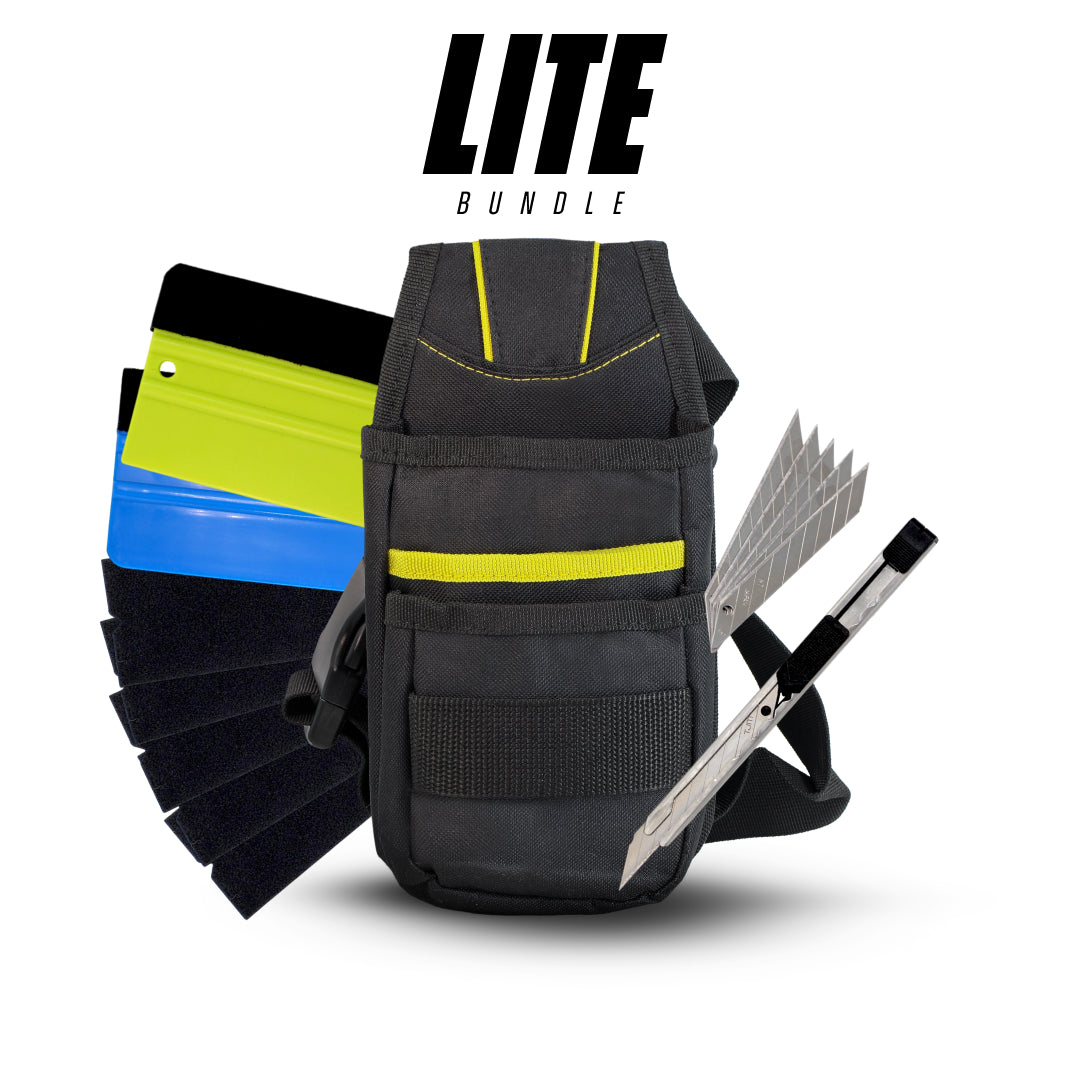
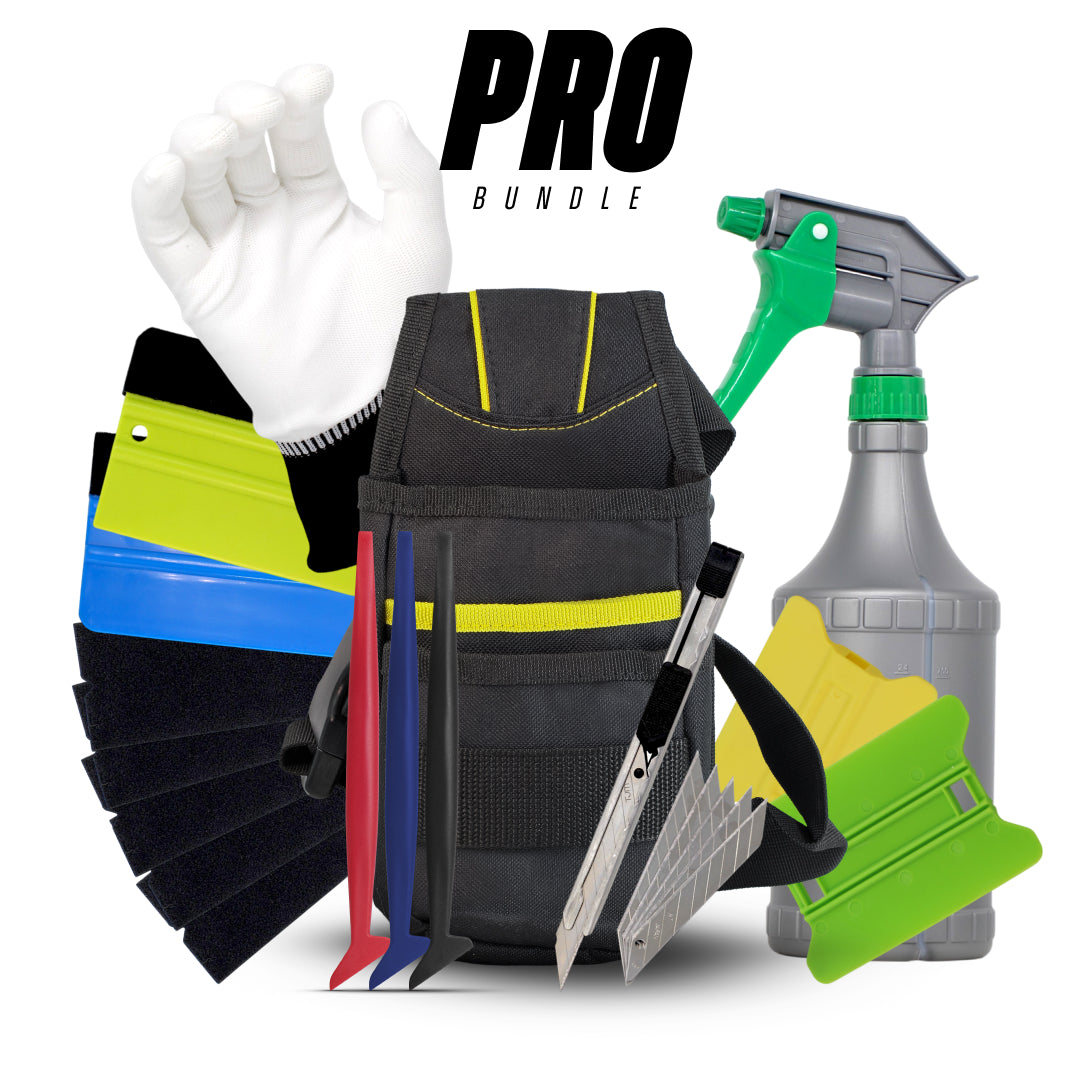
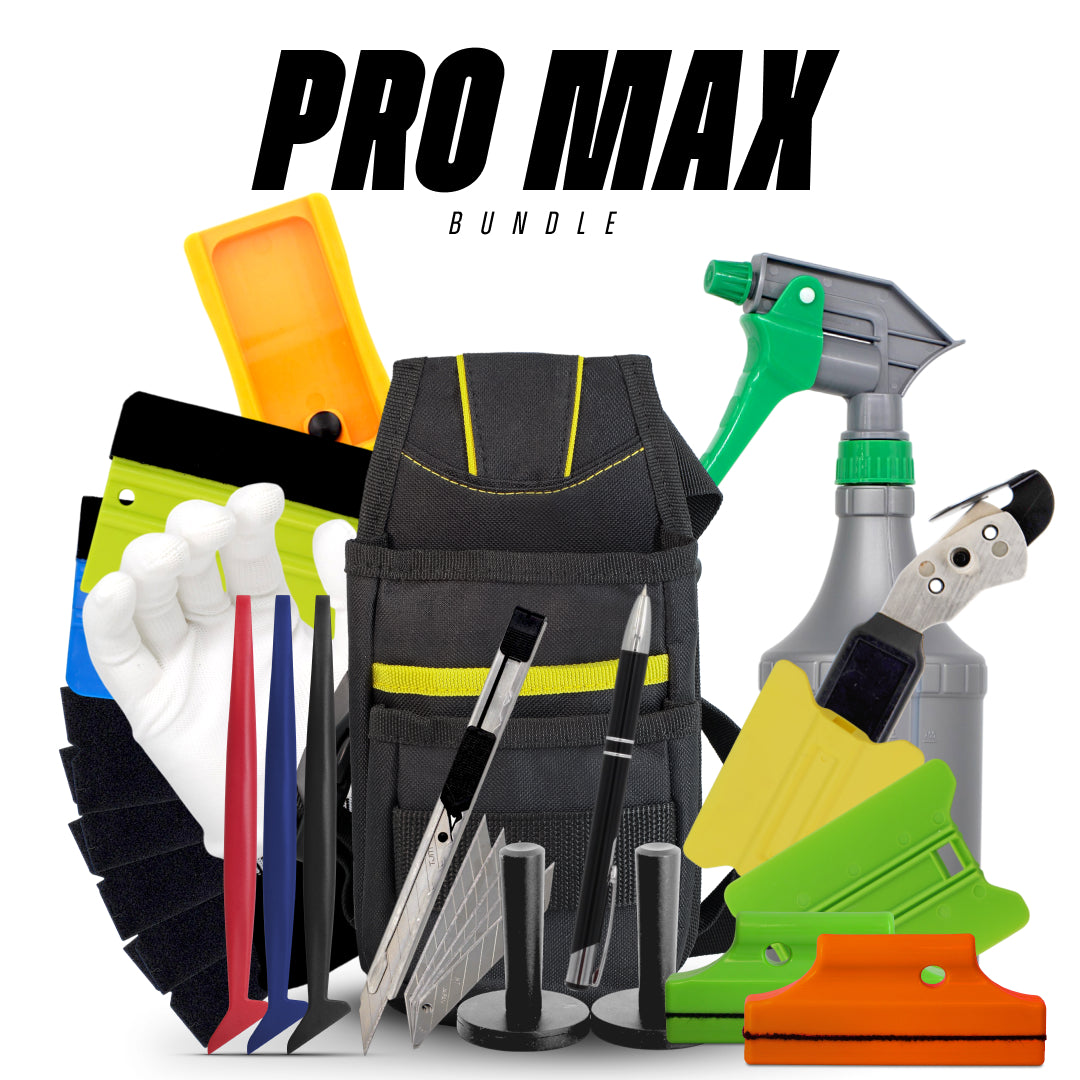
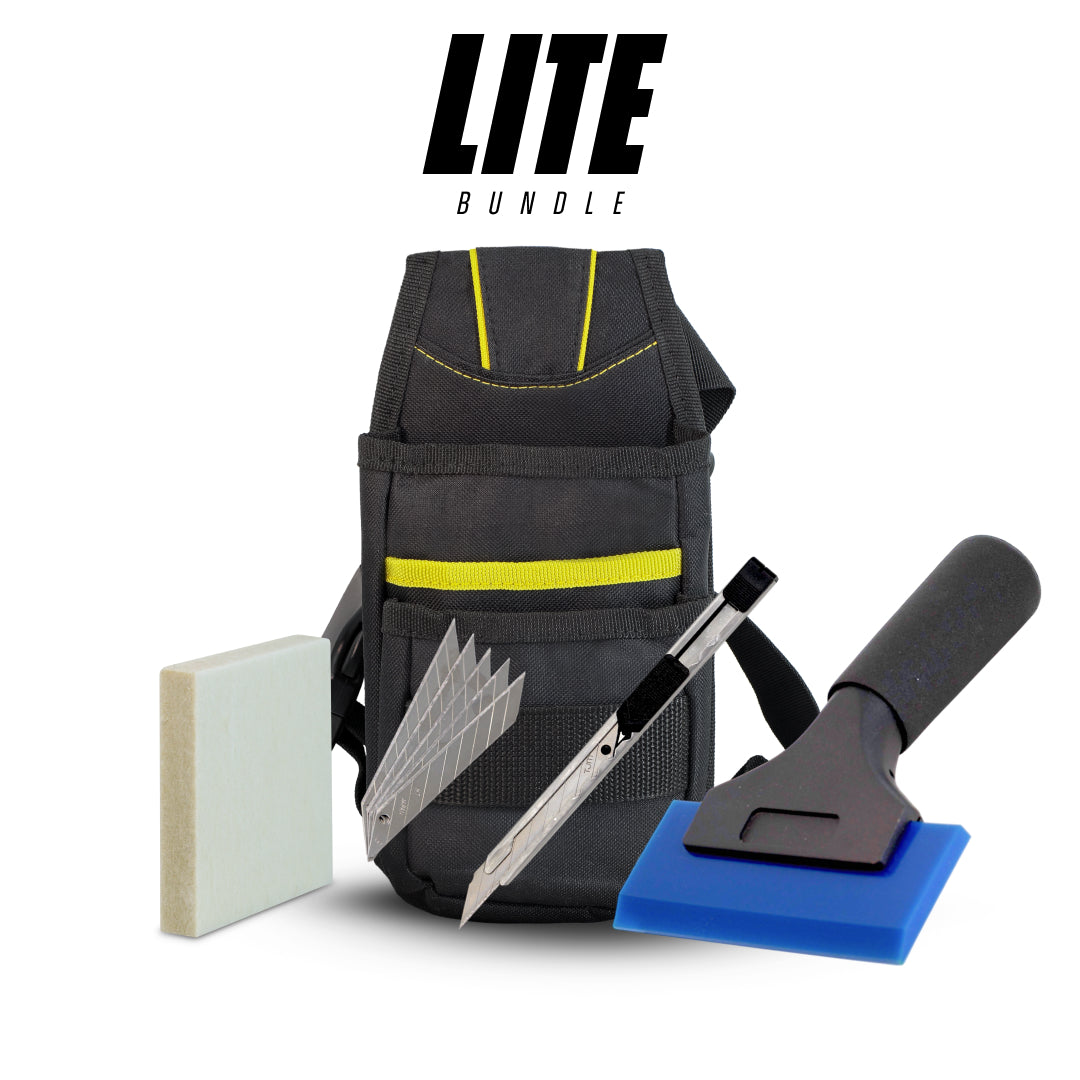
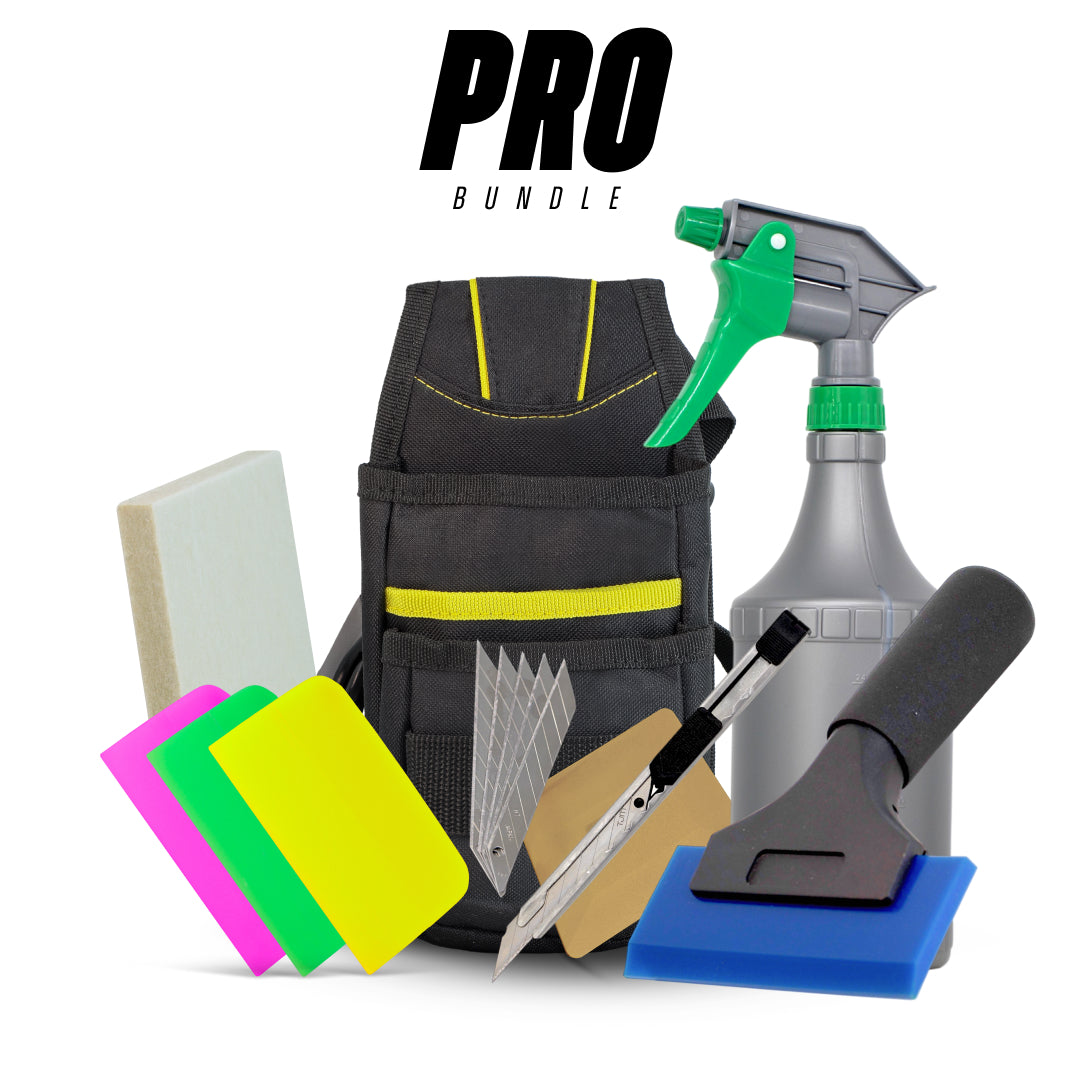
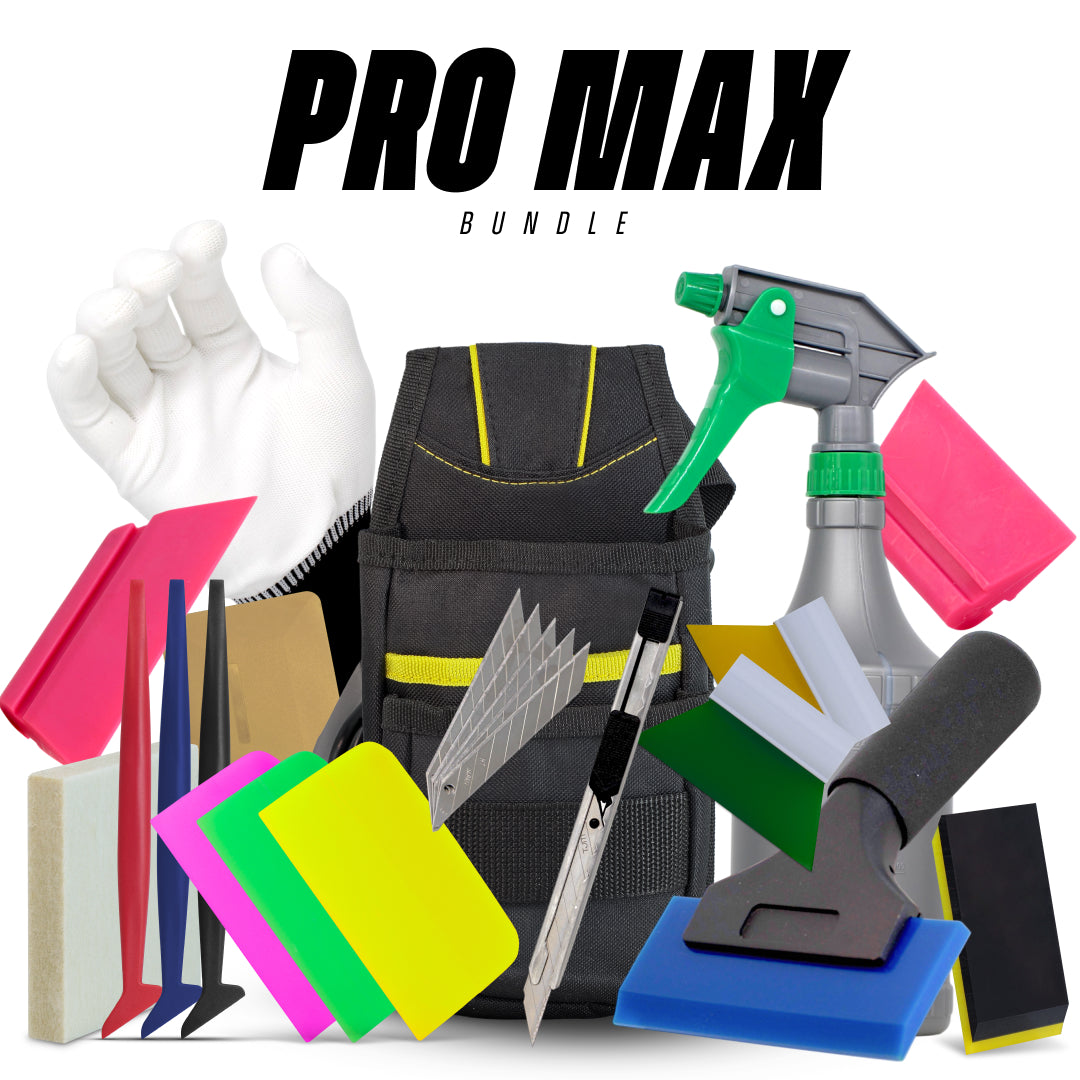
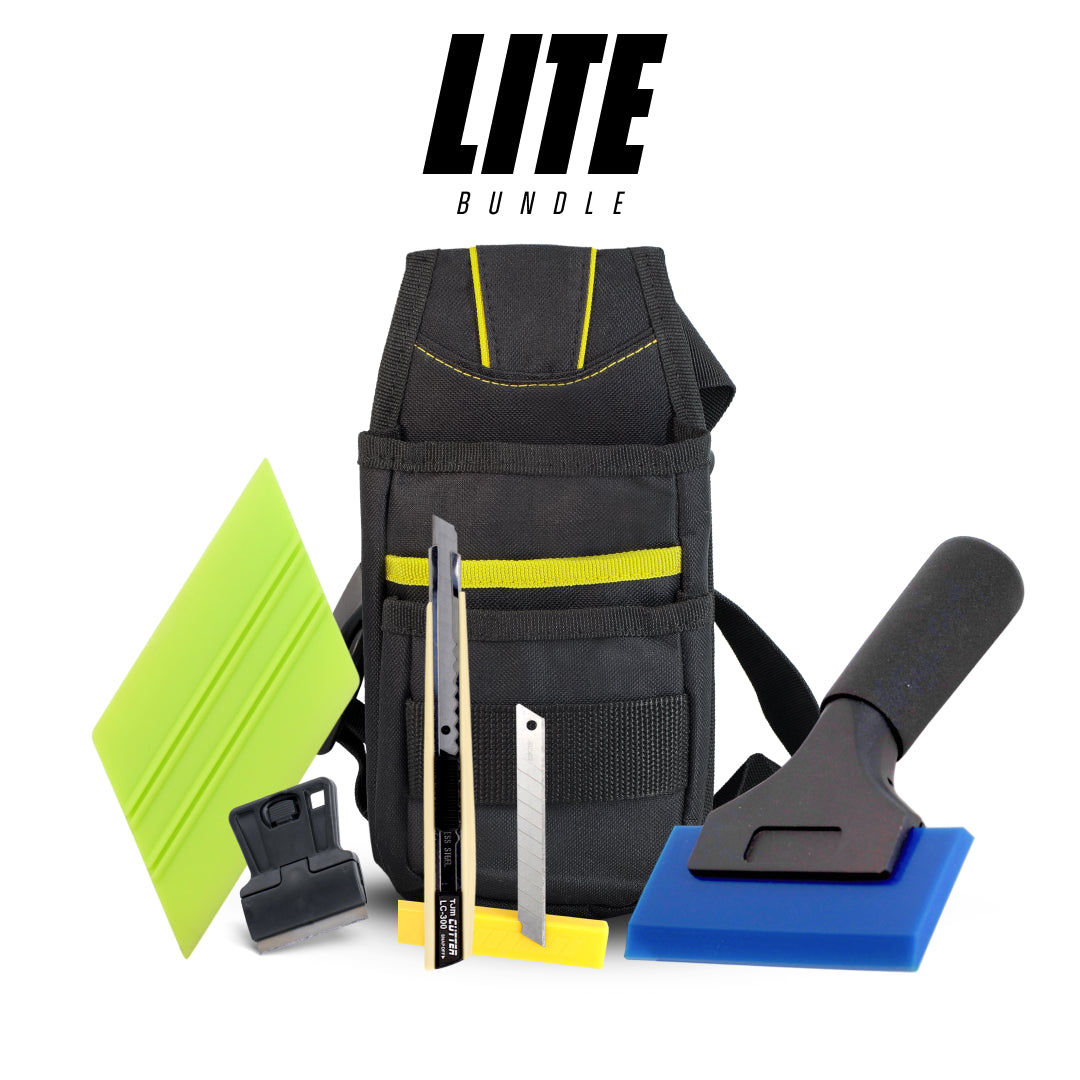
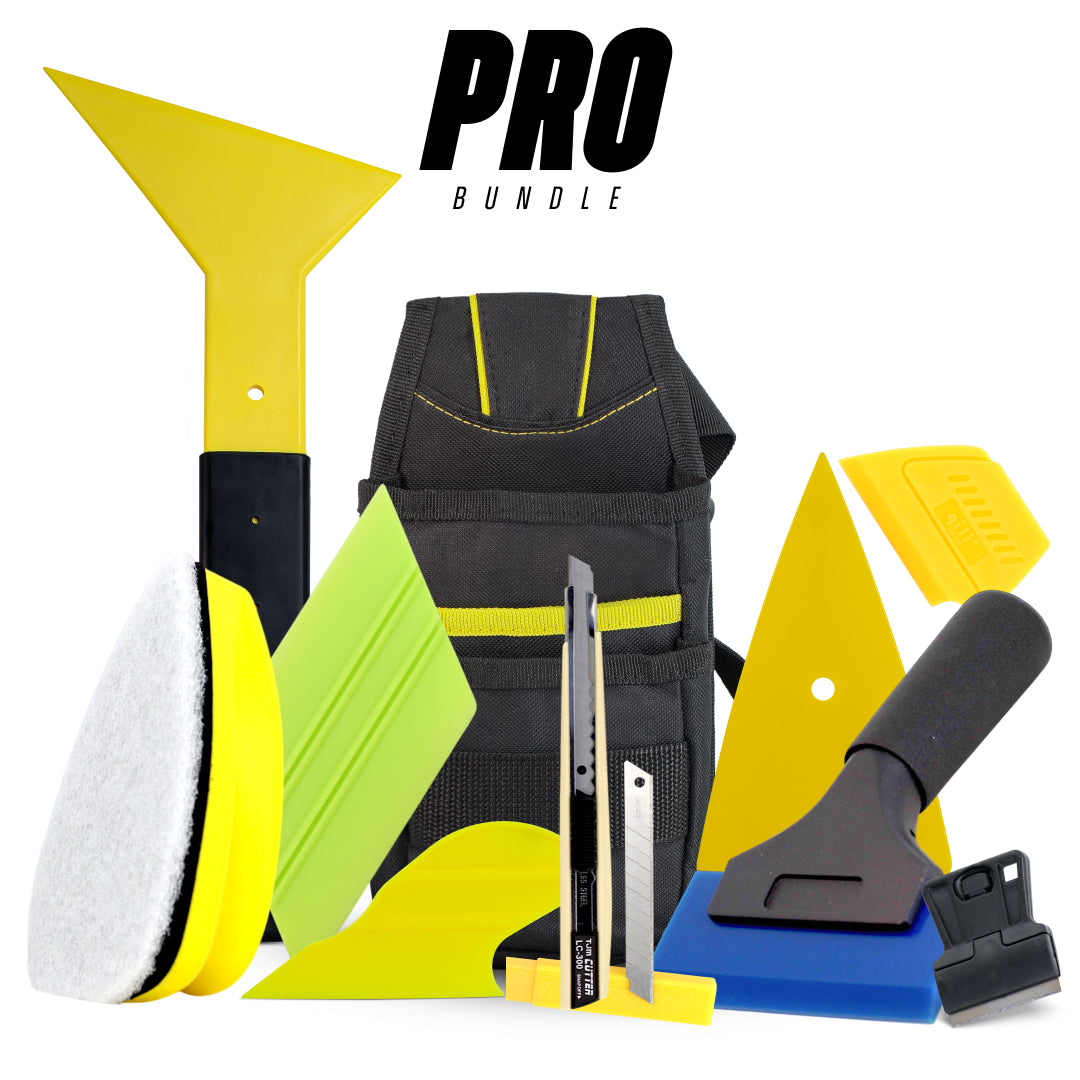
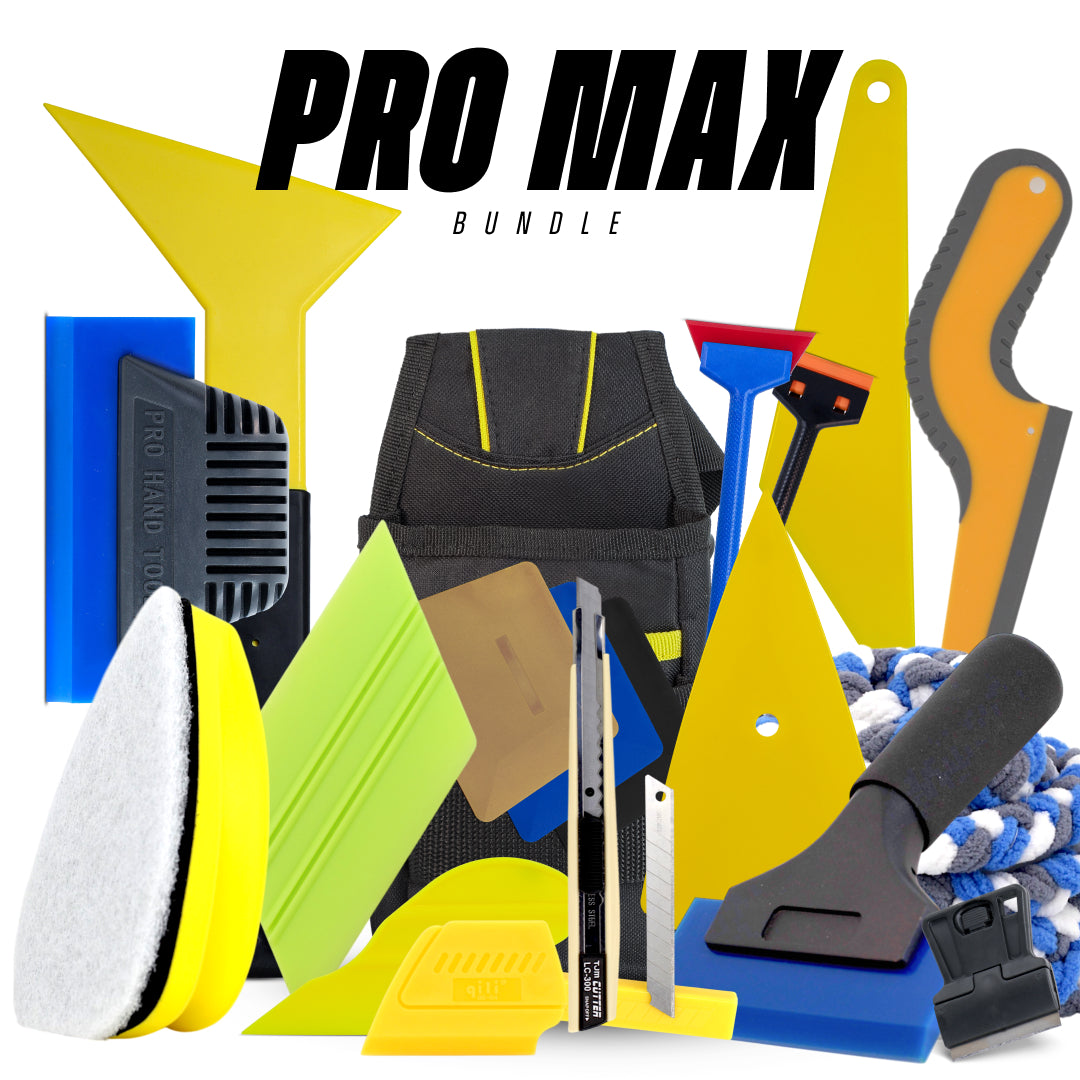
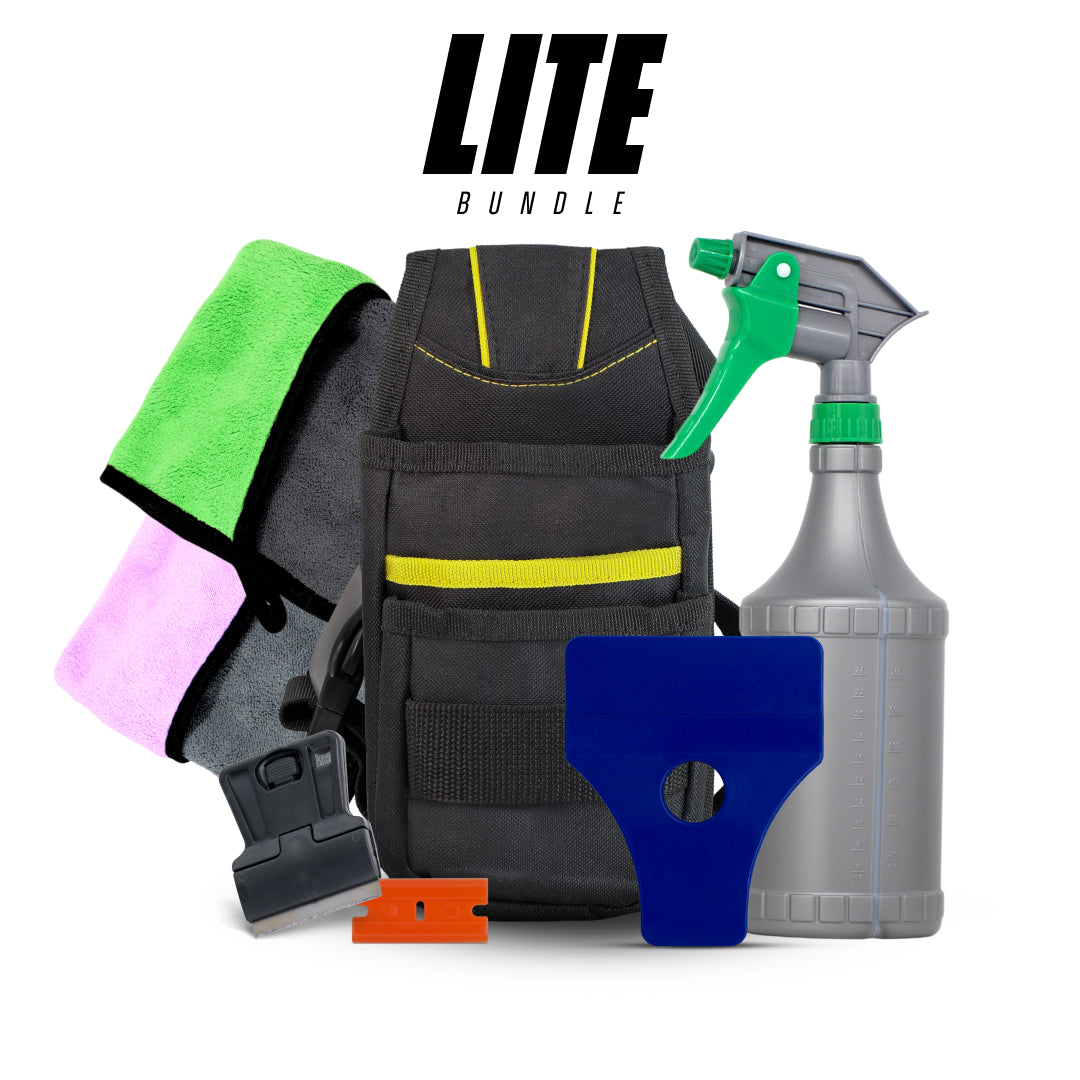
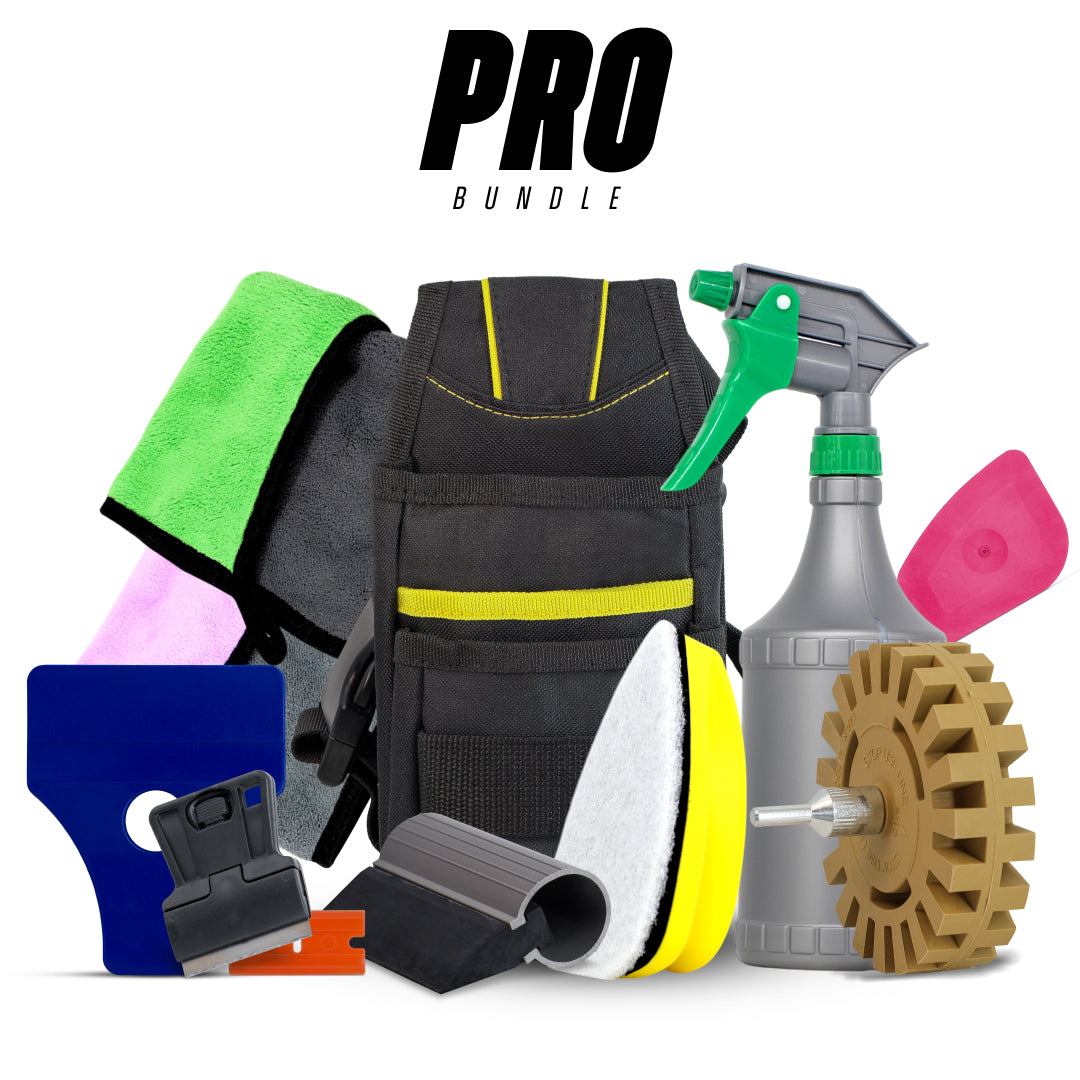
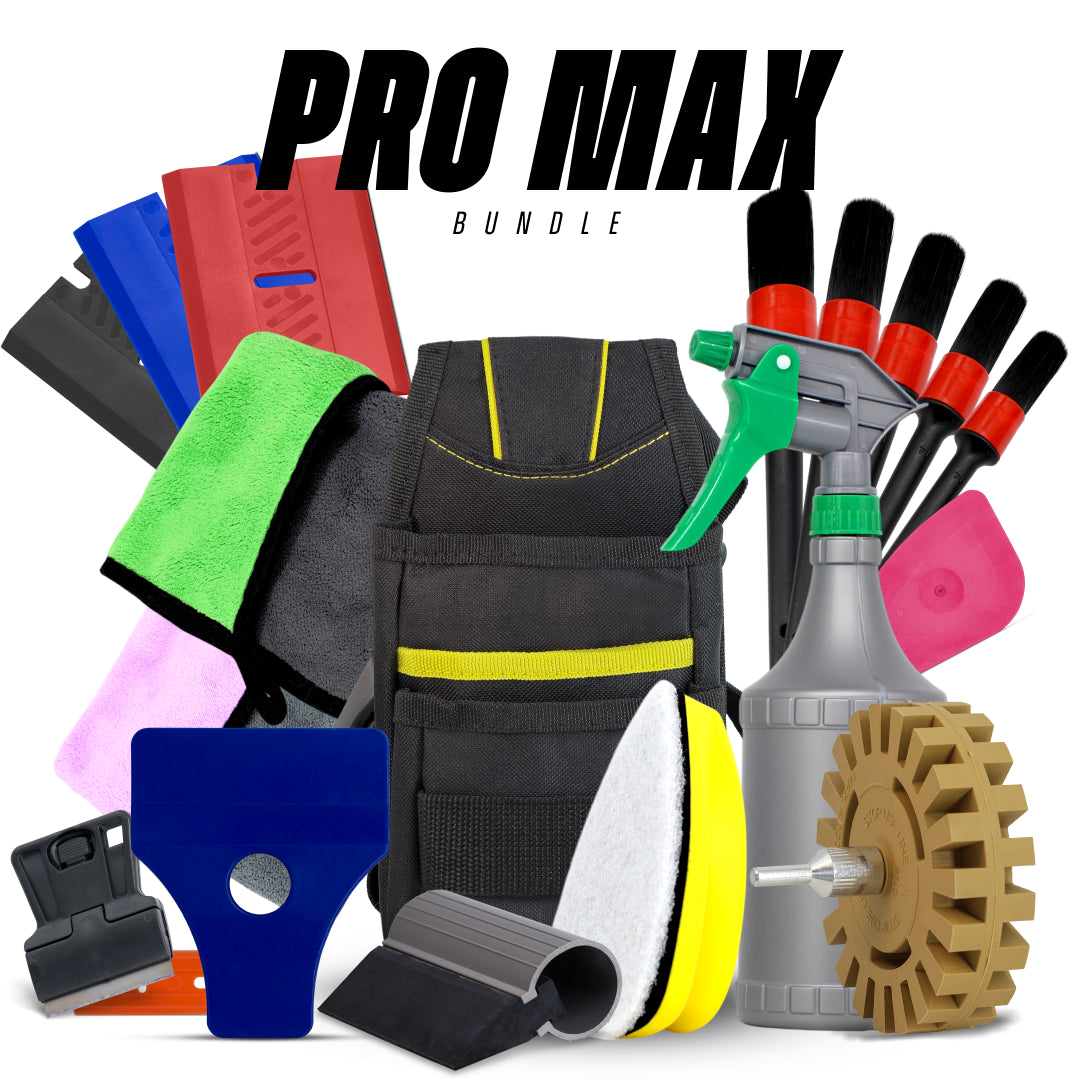
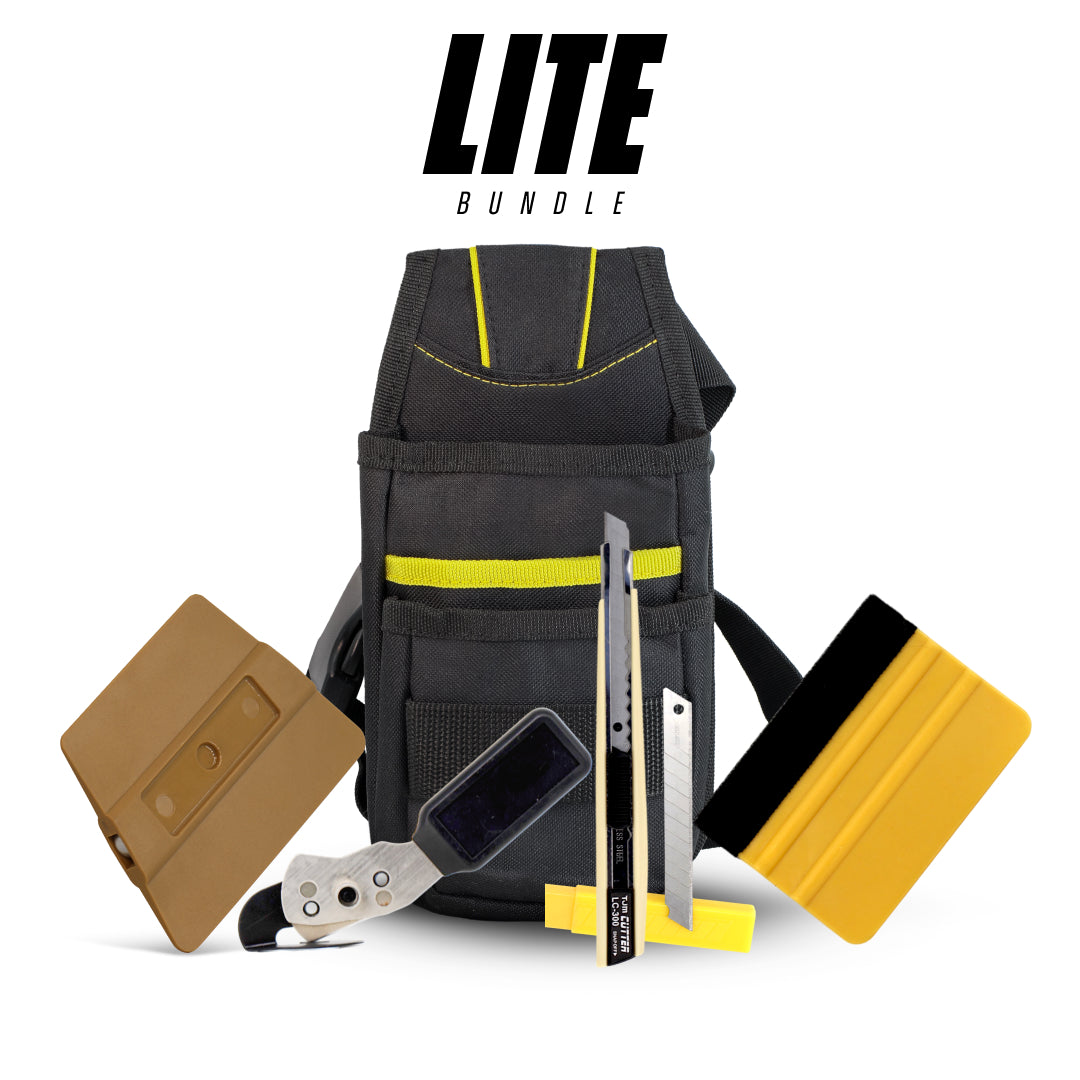
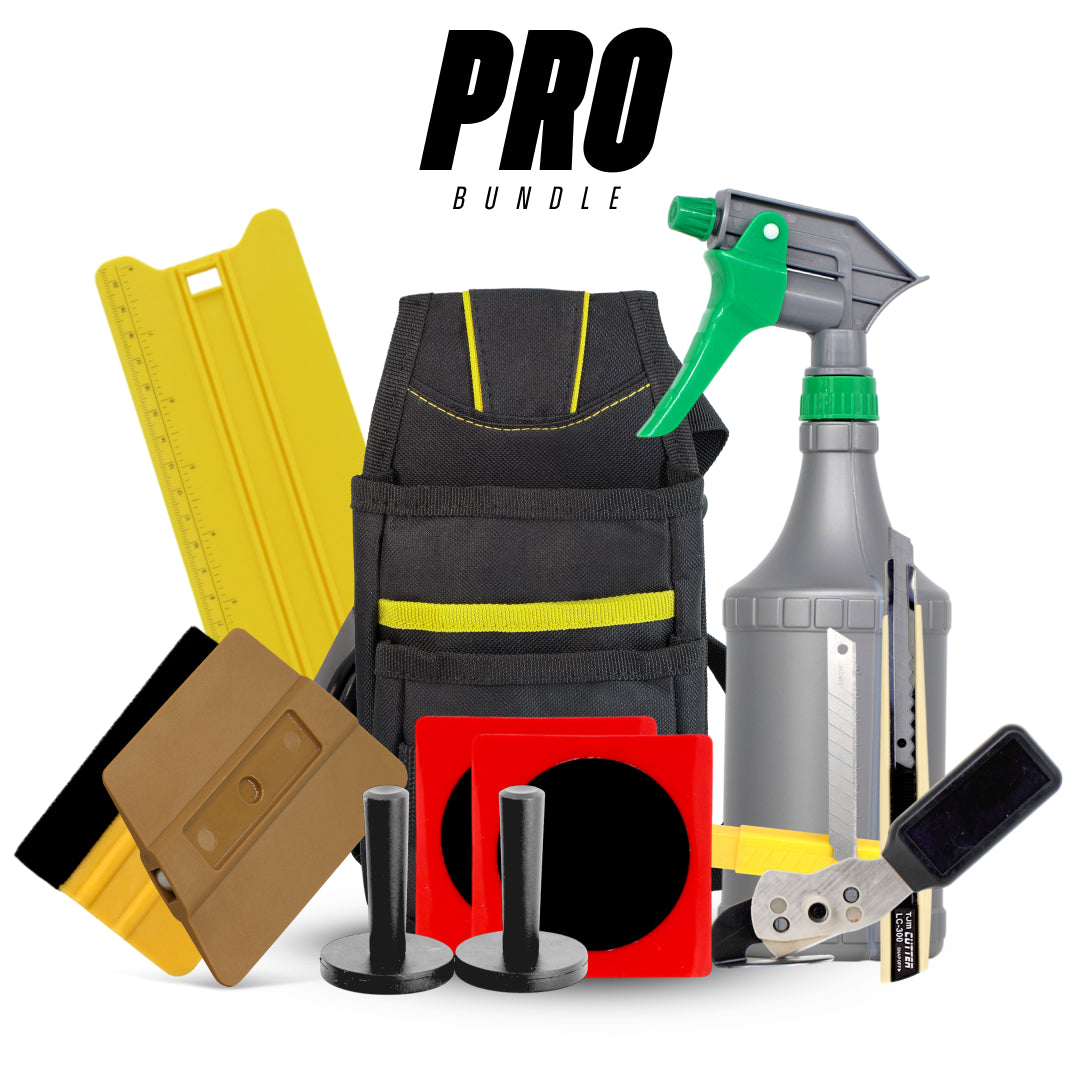
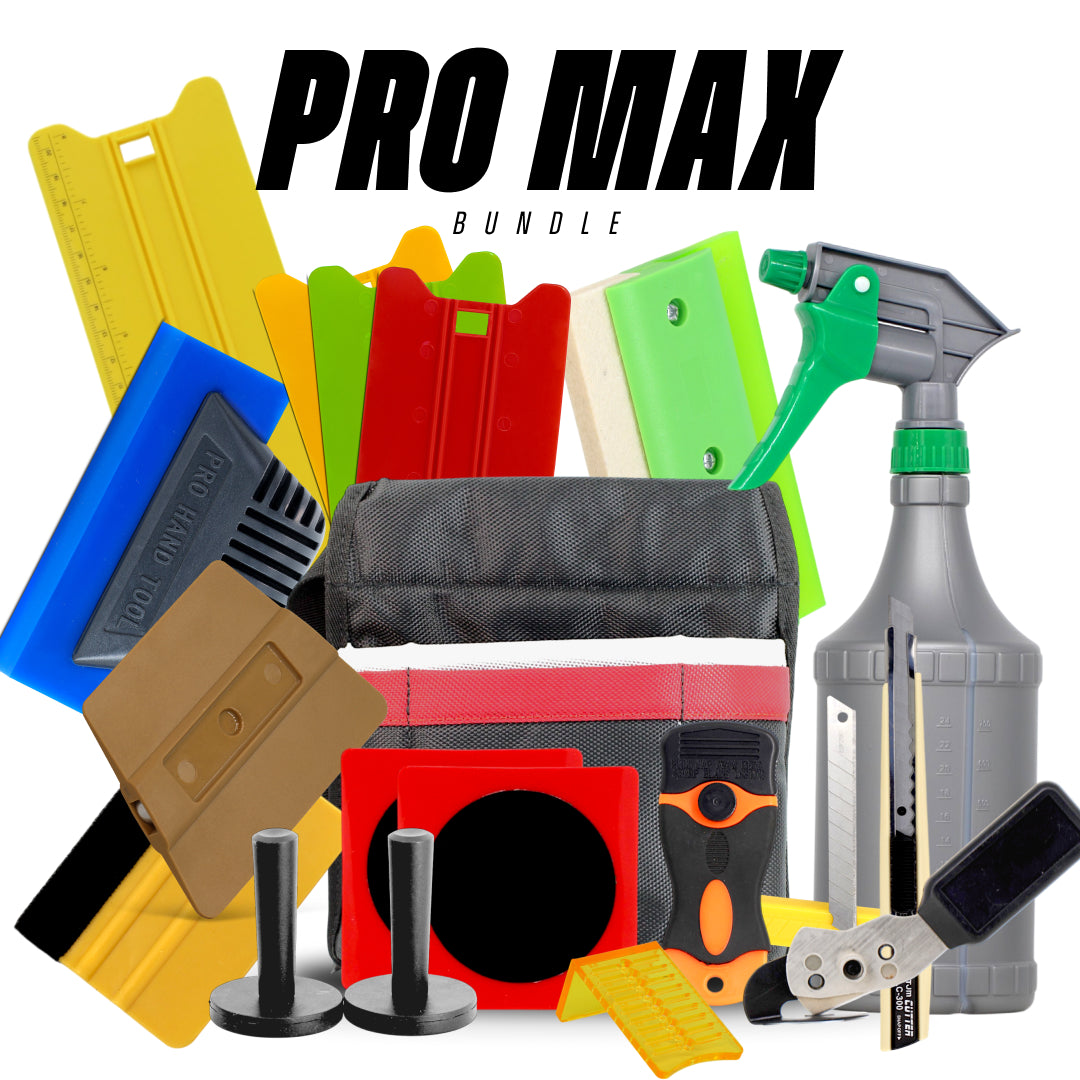
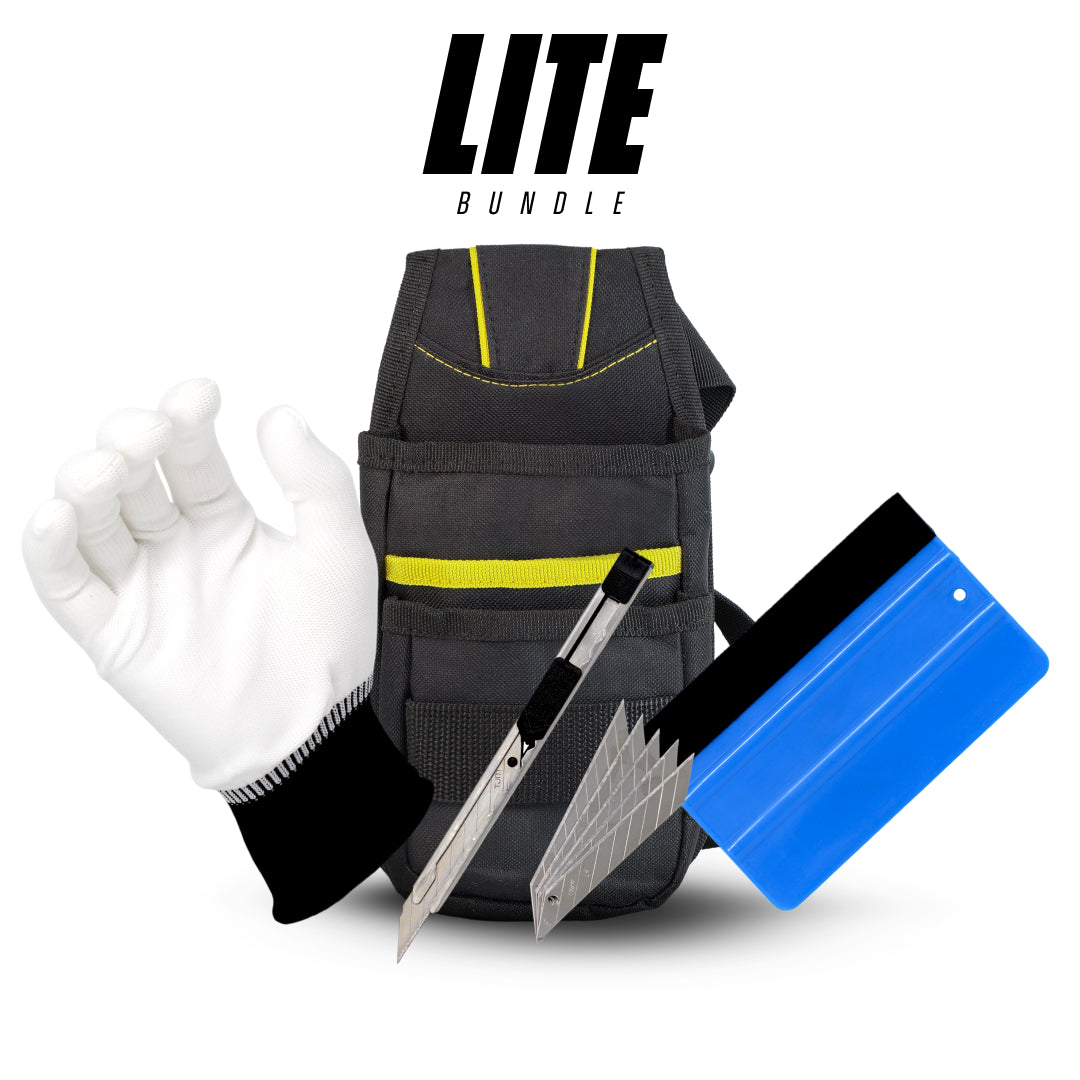
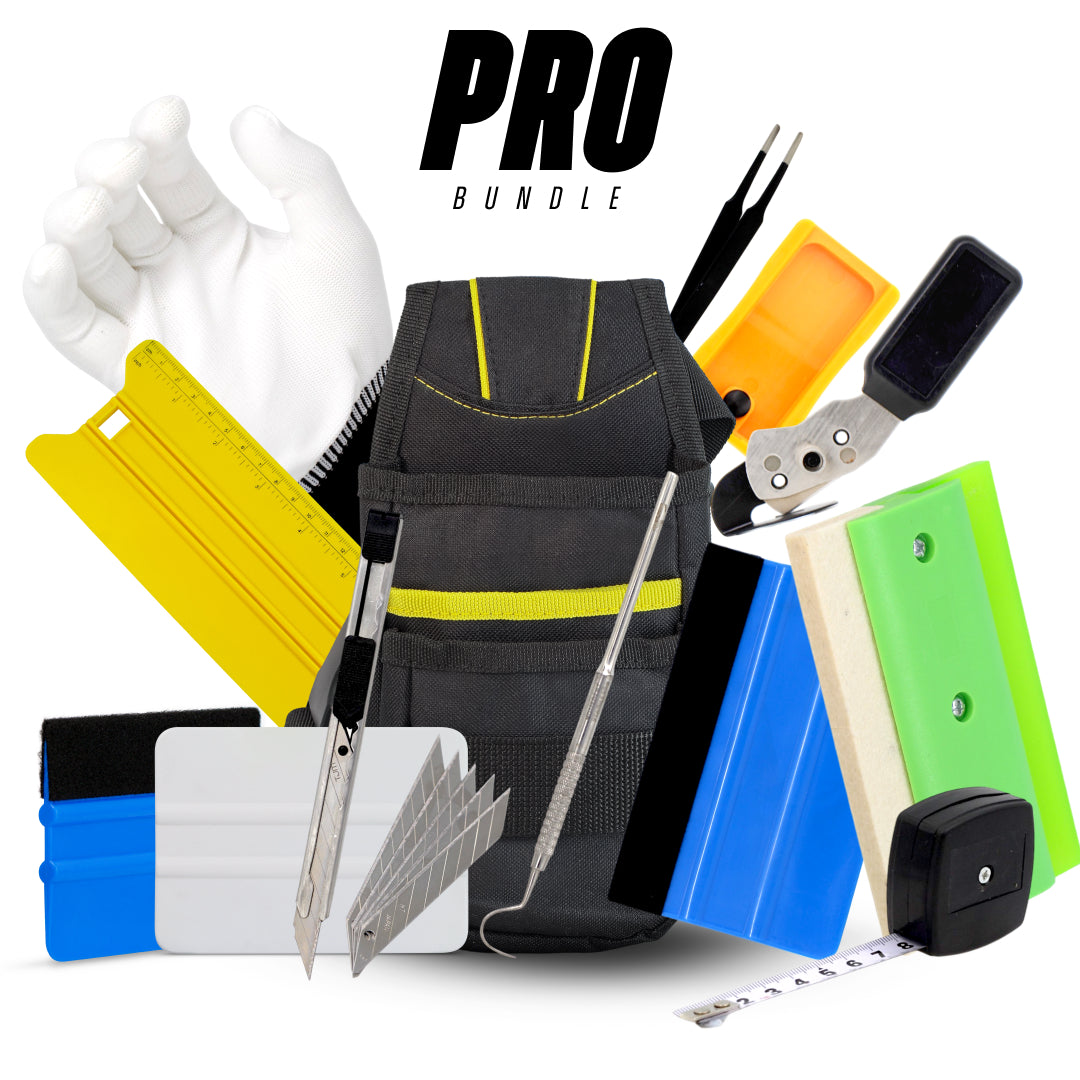
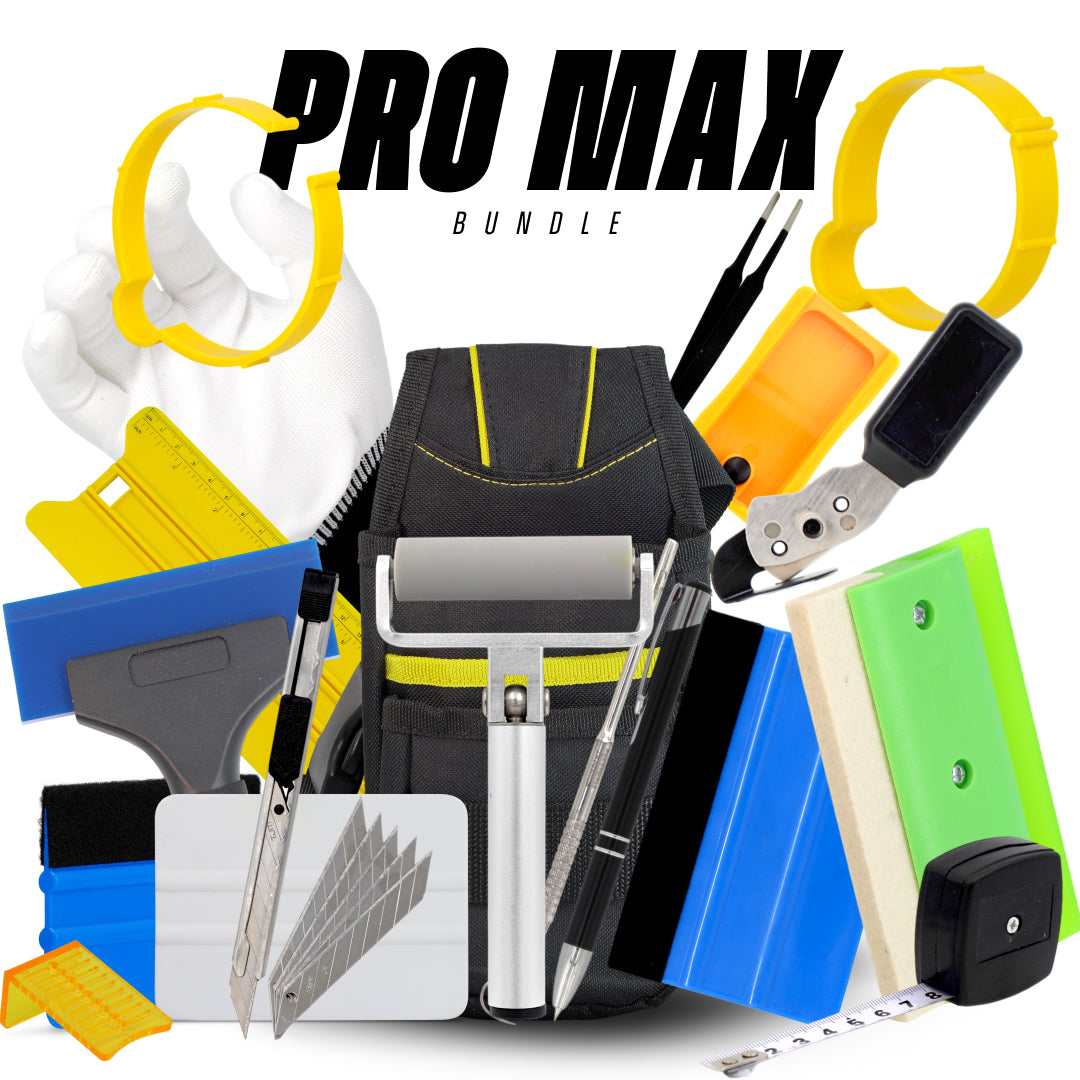



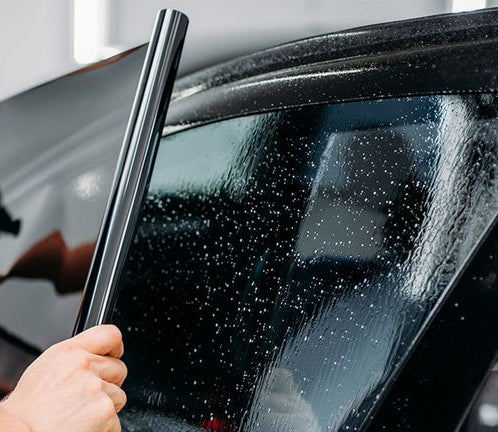
Leave a comment
This site is protected by hCaptcha and the hCaptcha Privacy Policy and Terms of Service apply.